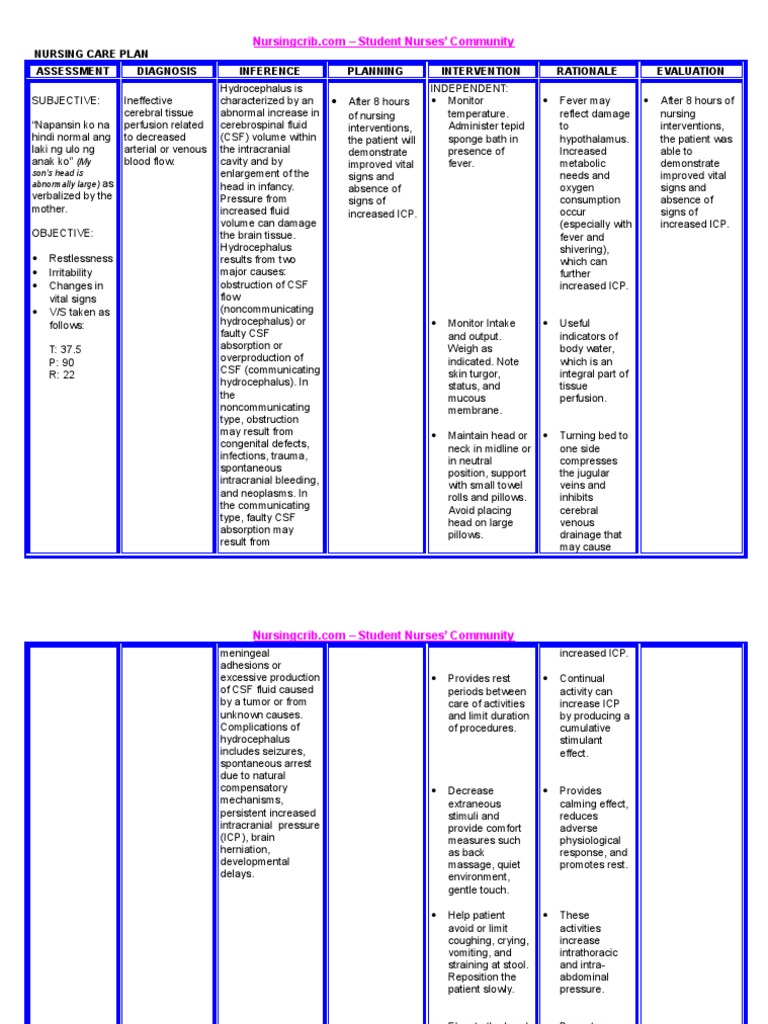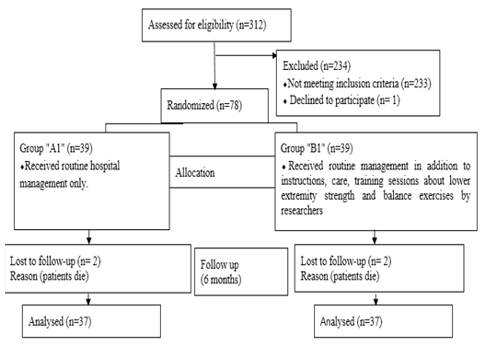Vp Shunt Nursing Interventions
Ventriculoperitoneal vp shunt placement is a procedure to help remove excess fluid in the brain.
Vp shunt nursing interventions. This article discusses the indications for vps placement in adults possible compli cations and nursing care for patients. Diverts csf from a lateral ventricle or the spinal subarachnoid space to the peritoneal cavity. This article discusses the indications for vps placement in adults possible complications and nursing care for patients following a shunt placement.
The catheter is placed through the skull and into one of the ventricles spaces of the brain where the cerebrospinal fluid csf collects. Nurses may care for patients who have undergone shunt placement or revision. Nursing interventions for the newborn with hydrocephalus include.
Nursing care for infant children to prevent vp shunt infection ha nd washing before and after any manipulatio ns of the catheter as well as between patients. Monitoring for early signs of increased intracranial pressure can facilitate timely diagnosis and prompt surgical intervention. All of the above.
All neonatal intensive care unit nurses must be equipped with knowledge and skills to care for infants with hydrocephalus and those who undergo vp shunt placement. The shunt consists of a catheter tube a valve and a reservoir. Headaches and vomiting b.
A ventriculoperitoneal shunt vps is the most common type of im planted cerebrospinal fluid shunt system. Insert a mouth guard to prevent the patient from swallowing their tongue b. A ventriculoperitoneal vp shunt is a medical device that relieves pressure on the brain caused by fluid accumulation.
This article discusses the indications for vps placement in adults possible complications and nursing care for patients following a shunt placement procedure. Which of the following symptoms of vp shunt malfunction require physician notification. Nurses may care for patients who have undergone shunt placement or revision.

